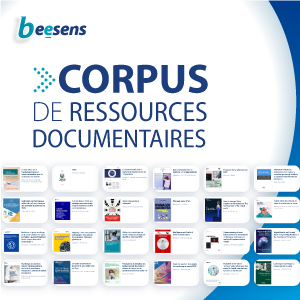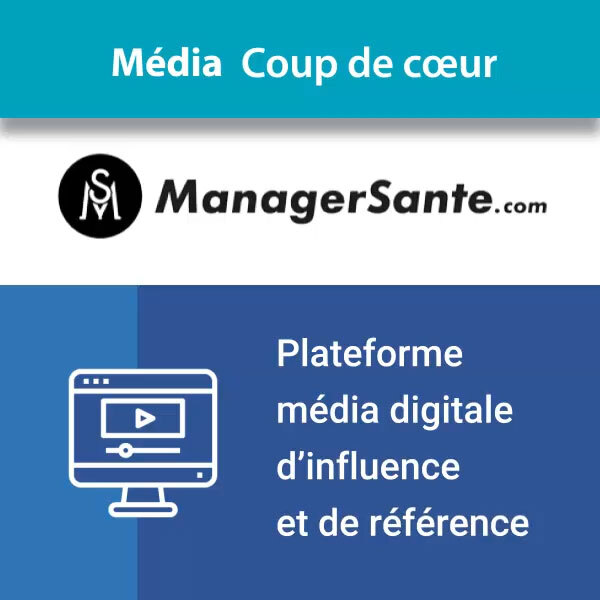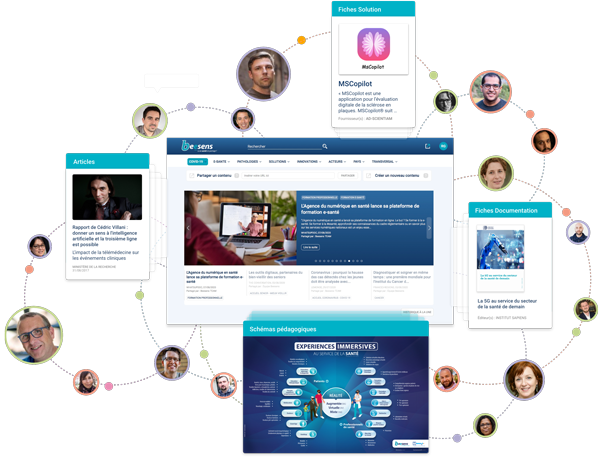"The most important benefit of remote patient monitoring is that it helps clinicians remain vigilant about treatment-sensitive conditions that, if left undertreated, have a high degree of morbidity. RPM gives a more clinical focus to conditions that need extra attention from healthcare professionals.
For example, with RPM for a disease such as congestive heart failure (CHF), patients’ weight can be closely monitored over months to keep them out of the hospital. If they don’t fill their medications or lapse on their salt intake, health professionals can intervene. Without RPM, these patients might be seen every six to eight weeks for office visits, but this scenario can sometimes lead providers to miss opportunities to provide additional care.
However, delivery of RPM is contingent on reliable bandwidth, which was already a concern before the pandemic. Healthcare organizations are under tremendous stress, and they have to deal with competing priorities. Providers must carefully choose which patients to monitor remotely and have strategies in place to deal with potential problems.
To field a successful RPM program, healthcare organizations should follow these five important practices..."
Lire la suite
5 Key Considerations for Effective Remote Patient Monitoring
HEALTHTECHMAGAZINE, 17/02/2021
Partagé par :
Beesens TEAM















